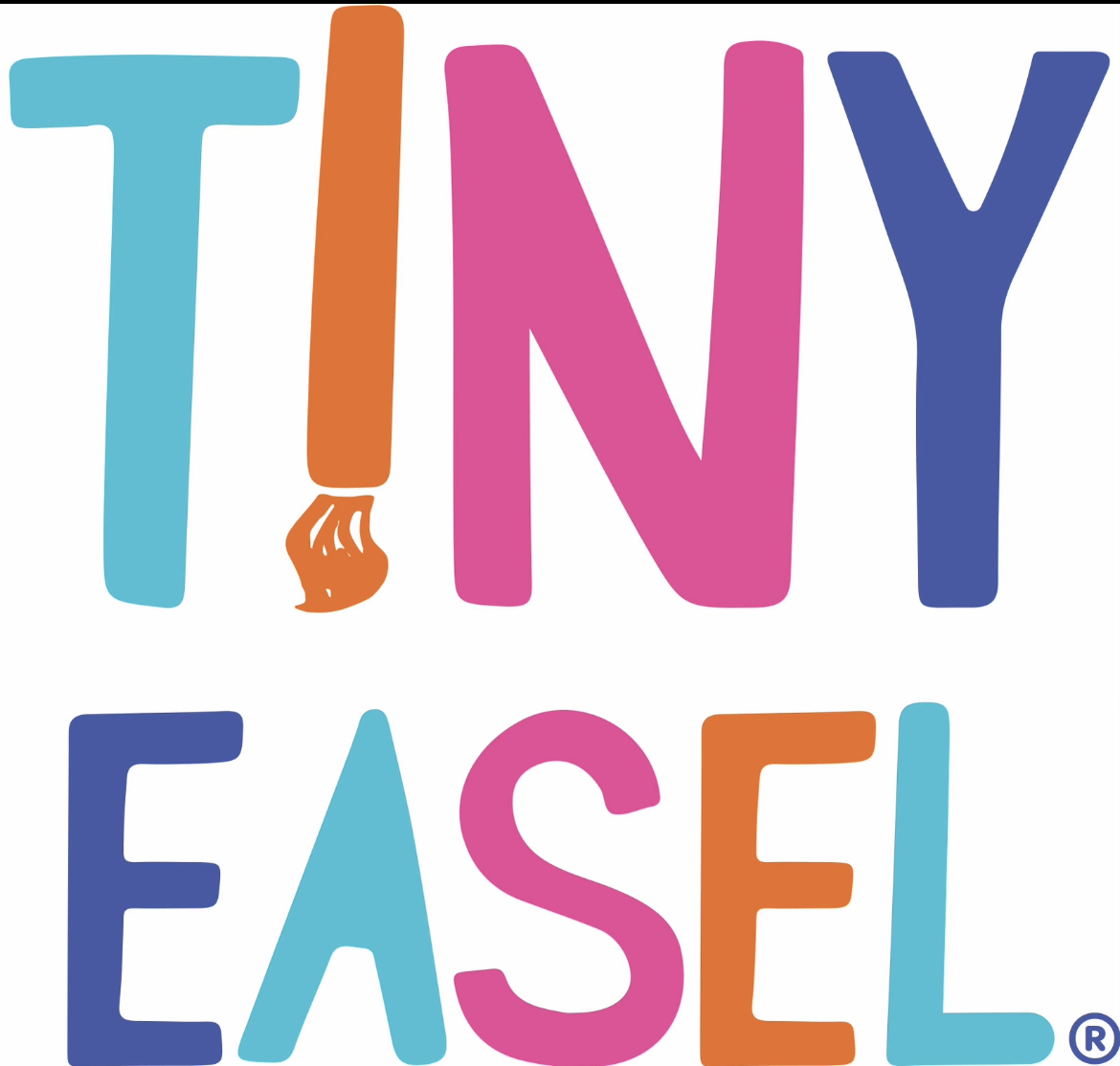If you’ve always wanted to grow your own vegetables or flowers but don’t have the best soil or simply want an organized way to garden, raised garden beds are an ideal solution. Building raised garden beds can transform your gardening experience, allowing you to control the quality of your soil, reduce weeds, and make gardening more accessible. This guide will walk you through the basics of building your first raised garden bed, providing everything you need to create a productive and beautiful garden.
Why Build Raised Garden Beds?
Raised garden beds offer numerous advantages, making them an excellent choice for both novice and experienced gardeners. One of the main benefits is improved soil quality. By creating your own soil mixture, you can provide your plants with nutrient-rich, well-draining soil that promotes healthy growth. Additionally, raised beds offer better drainage, which helps prevent issues like root rot.
Raised garden beds also make gardening more accessible by reducing the need for bending and kneeling, which can be especially helpful for those with mobility issues. They also help reduce weeds and garden pests, as the defined structure of the bed allows for easier maintenance and less intrusion from unwanted plants and critters.
Choosing the Right Location
The first step in building a raised garden bed is selecting the right location. The ideal spot should receive at least six to eight hours of sunlight each day, as most vegetables and flowers need plenty of sunlight to thrive. Make sure the area is relatively level to avoid issues with water drainage.
If possible, choose a location close to a water source to make it easier to water your plants. Also, consider accessibility—having your garden bed close to your home or a main pathway will encourage you to tend to it regularly.
Selecting Materials for Your Raised Bed
There are several materials you can use to build raised garden beds, each with its own pros and cons. The most common option is wood, particularly untreated lumber like cedar or redwood, which are naturally resistant to rot. These types of wood are durable and can last for years, but they are also more expensive compared to other options.
For a more budget-friendly alternative, you can use pine, though it may not last as long as cedar or redwood. Avoid using treated wood, as the chemicals used in the treatment process can leach into the soil and potentially harm your plants.
Other materials for building raised beds include bricks, concrete blocks, or galvanized metal. These materials are durable and can add an interesting visual element to your garden. Whichever material you choose, make sure it is safe for gardening and free of any harmful chemicals.
Building Your Raised Garden Bed
Once you have your materials ready, it’s time to start building. For beginners, a simple rectangular bed is a great option, as it’s easy to construct and provides ample space for a variety of plants. A typical size for a raised garden bed is 4 feet by 8 feet, with a height of 10 to 12 inches. This size is easy to manage and allows you to reach the center of the bed without stepping inside, which helps prevent soil compaction.
- Measure and Cut: Start by measuring and cutting your wood or other materials to the desired dimensions. If you’re using wood, make sure to use a saw to create straight cuts for a secure fit.
- Assemble the Frame: Lay out the pieces of your frame on the ground where you want to build your bed. Use screws or nails to secure the corners together, ensuring that the frame is sturdy and square. If you’re using a different material like concrete blocks or metal, assemble the frame according to the material’s requirements.
- Level the Bed: Once your frame is assembled, check that it’s level. This step is important to ensure proper water distribution within the bed.
- Prepare the Ground: Before placing the frame in its final location, clear the ground of any grass or weeds. You can place cardboard or landscape fabric at the bottom of the bed to help prevent weeds from growing through.
- Place the Frame and Fill: Position the frame in your chosen location and begin filling it with soil. A good mix for a raised garden bed is a combination of topsoil, compost, and organic matter. Aim for a ratio of about 60% topsoil, 30% compost, and 10% other organic matter, such as peat moss or perlite, to create a nutrient-rich, well-draining soil.
Choosing Plants for Your Raised Garden Bed
Now that your raised garden bed is ready, it’s time to decide what to plant. Raised beds are incredibly versatile and can be used to grow a wide range of vegetables, herbs, and flowers. For beginners, it’s best to start with easy-to-grow vegetables like tomatoes, lettuce, cucumbers, and peppers. Herbs such as basil, parsley, and mint are also great choices, as they are relatively low-maintenance and provide fresh flavor for your cooking.
If you’re interested in adding flowers, consider marigolds, zinnias, or nasturtiums, which not only add color but can also help deter pests from your vegetables. Companion planting, where you grow certain plants together to benefit each other, is an effective way to maximize the productivity of your raised bed.
Maintaining Your Raised Garden Bed
One of the benefits of raised garden beds is that they require less maintenance compared to traditional in-ground gardens. However, there are still a few tasks that need to be done to keep your garden thriving.
- Watering: Raised beds tend to dry out more quickly than in-ground gardens, so it’s important to keep an eye on moisture levels. Water your plants deeply but less frequently to encourage strong root growth. Early morning or late evening is the best time to water, as it reduces evaporation and gives plants time to absorb moisture before the heat of the day.
- Mulching: Adding a layer of mulch to the top of your soil can help retain moisture, suppress weeds, and regulate soil temperature. Organic mulches like straw, leaves, or wood chips are great options for raised beds.
- Fertilizing: Even with nutrient-rich soil, your plants may benefit from occasional feeding. Use an organic fertilizer to provide essential nutrients throughout the growing season. Compost tea or fish emulsion are excellent choices for giving your plants a boost.
- Weeding and Pest Control: Raised beds naturally reduce weeds, but you may still encounter a few. Regularly pull weeds to keep your plants healthy. To manage pests, consider using row covers or organic pest control methods like neem oil or insecticidal soap. Encouraging beneficial insects like ladybugs and lacewings can also help keep pest populations in check.
Extending the Growing Season
One of the great advantages of raised garden beds is that they can help extend your growing season. The soil in raised beds warms up more quickly in the spring, allowing you to plant earlier. You can also add a hoop house or cold frame over your raised bed to protect your plants from frost, enabling you to grow cool-season crops well into the fall or even winter.
Tips for Success
- Start Small: If you’re new to gardening, it’s best to start with one or two raised beds. This will allow you to get a feel for gardening without becoming overwhelmed.
- Rotate Crops: To maintain soil health, avoid planting the same type of crop in the same spot year after year. Crop rotation helps prevent nutrient depletion and reduces the risk of pests and diseases.
- Enjoy the Process: Gardening is meant to be enjoyable, so take your time and appreciate the process. Experiment with different plants, learn from any mistakes, and celebrate your successes.
Building a raised garden bed is a rewarding project that will provide you with fresh produce, beautiful flowers, and a deeper connection to nature. With a little effort and some basic materials, you can create a thriving garden space that will bring you joy and satisfaction throughout the growing season.








